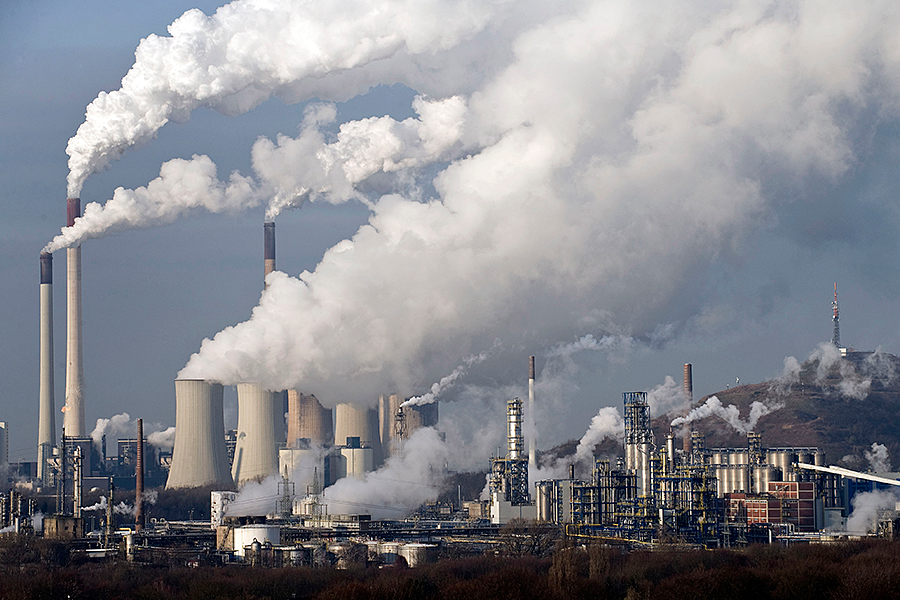Satellite data shines light on hidden pollution
Loading...
Almost 40 major unreported sources of anthropogenic sulfur dioxide emissions have been identified using a new satellite-based method, holding implications for inventories and the regulatory policies that flow from those statistics.
Sulfur dioxide is a gas that impacts human health and the environment, one of six air pollutants regulated by the US Environmental Protection Agency. Its sources are both natural, from volcanic activity, and man-made, mainly through the burning of fossil fuels.
Until now, data regarding sulfur dioxide activities have largely been gleaned through ground-based measurements and statistics, such as fuel usage. The new study, published Monday in the journal Nature Geoscience, adds definition to this understanding, thereby allowing the development of more effective policies to improve air quality and more accurate models of future emissions scenarios.
"We now have an independent measurement of these emission sources that does not rely on what was known or thought known," said lead author Chris McLinden, an atmospheric scientist with Environment and Climate Change Canada, Toronto, in a NASA press release. "When you look at a satellite picture of sulfur dioxide, you end up with it appearing as hotspots – bull’s-eyes, in effect – which makes the estimates of emissions easier."
In total, the study, which analyzed satellite data from 2005-14, found 114 unreported sources of sulfur dioxide.
Of these, 39 originated in human activities – clusters of smelters, oil and gas operations, and coal-burning power plants. The majority were in the Middle East, with some in parts of Russia and Mexico.
Moreover, reported emissions in the same areas were as much as two to three times lower than the satellite-based estimates. Taken together, these unreported and underreported sources constitute about 12 percent of all human sulfur dioxide emissions, enough to have a significant impact on models and air quality.
"Generally, these previously unreported sources tended to pop up in more developing types of nations," Dr. McLinden told The Washington Post, “where perhaps their legal requirements for reporting are not as rigorous as what we might be used to in the U.S and Canada, for example.”
Another 75 unreported natural sources were also identified, slow leaks of sulfur dioxide from non-erupting volcanoes. Many of these are in remote locations, impractical to monitor, so while they may not represent fresh discoveries, they are places that will be well served by satellite analysis to provide annual updates on their sulfur dioxide activity.
"Quantifying the sulfur dioxide bull’s-eyes is a two-step process that would not have been possible without two innovations in working with the satellite data," co-author Nickolay Krotkov, an atmospheric scientist at NASA's Goddard Space Flight Center, said in the press release.
First of these was an improvement in the computer processing abilities that analyze raw satellite observations and turn them into precise estimates of emissions.
Second was a new computer program that facilitated more accurate detection of sulfur dioxide dispersed and diluted by the wind – coupled with satellite-based estimates of wind strength and direction to pinpoint the source of sulfur dioxide.
"The conventional, bottom-up emissions inventories used to assess impacts ... are often incomplete or outdated, particularly for developing nations that lack comprehensive emission reporting requirements and infrastructure," write the authors. "We anticipate that our inventory will help eliminate gaps in bottom-up inventories, independent of geopolitical borders and source types."






